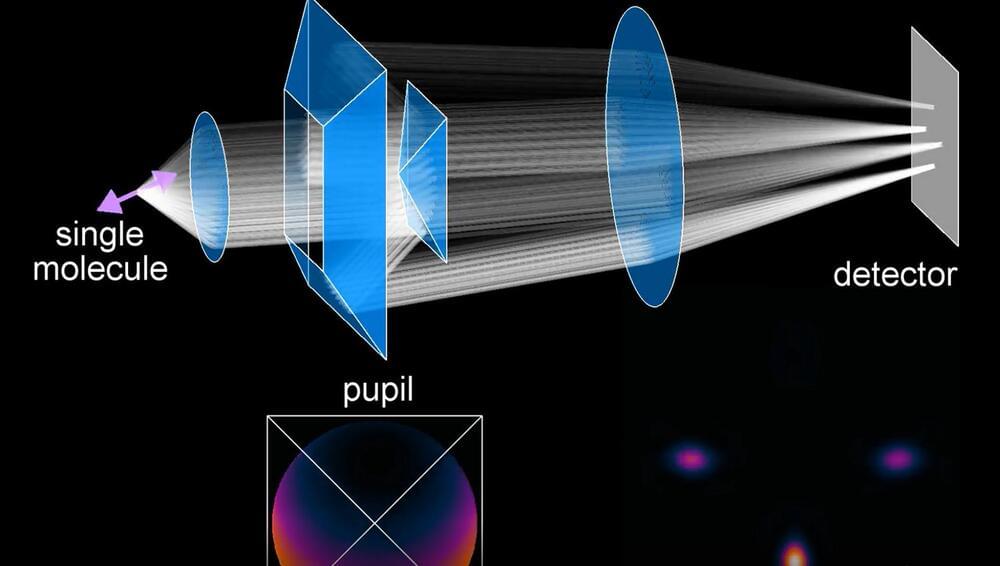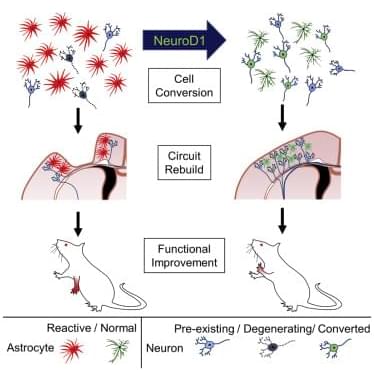Many believed Ingenuity would not soar to such heights.
NASA achieved a historic first in April last year when it performed the first-ever controlled flight of an aircraft on Mars. The Ingenuity helicopter, which hitched a ride to Mars aboard NASA’s Perseverance rover, was designed as a proof-of-concept craft that was only expected to fly a total of five times.
Now, the Mars helicopter has achieved flight no. 35, and it has set a new altitude record in the process, reaching a height of 14 meters (46 feet) above the red planet’s surface, NASA announced on Twitter.
NASA
The Ingenuity helicopter, which hitched a ride to Mars aboard NASA’s Perseverance rover, was designed as a proof-of-concept craft that was only expected to fly a total of five times.






